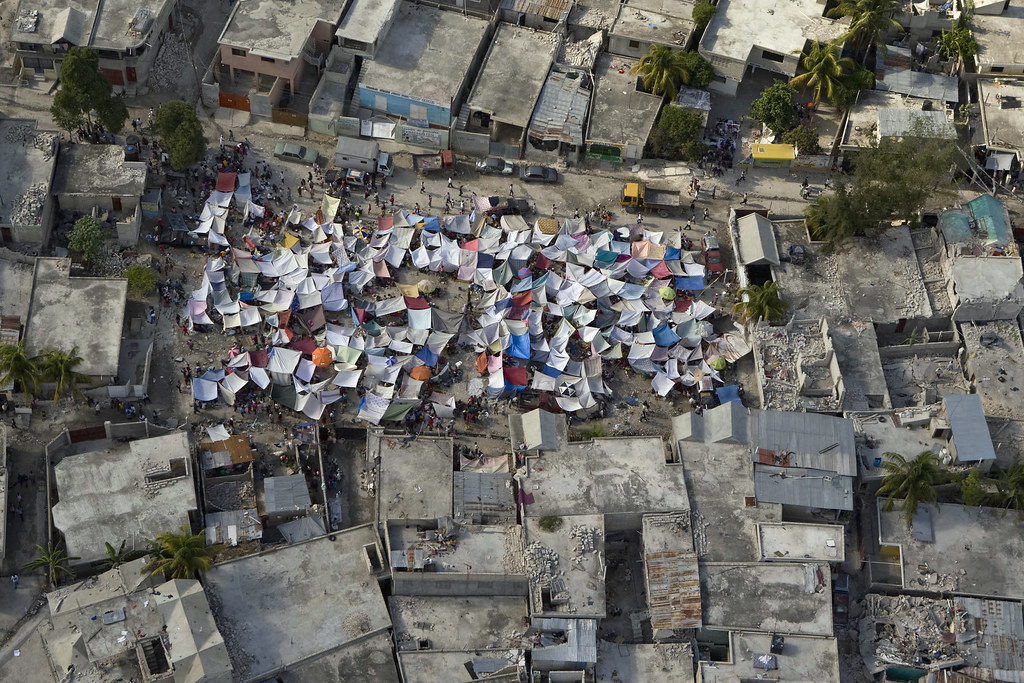Half a century ago, the city of Xenia, Ohio, experienced a day that would etch itself into the annals of weather history with grim permanence. On April 3, 1974, a tornado of unfathomable ferocity descended upon this community, claiming 32 lives, injuring hundreds, and reducing half of the city to rubble. The tornado that ravaged Xenia was part of a larger meteorological phenomenon known as the 1974 Super Outbreak, which unleashed a staggering 148 tornadoes across 13 states within a span of 24 hours.
The Super Outbreak was unparalleled in its scope and devastation, holding the dubious title of the worst tornado outbreak in U.S. history for nearly four decades, only to be surpassed by the 2011 outbreak. The Xenia tornado stood out as the deadliest and most powerful of this cataclysmic event. The aftermath was a city of 25,000, with half its infrastructure annihilated, and the community in shock. Nearby Wilberforce, home to Central State University, also bore the brunt of the tornado’s deadly force.
In the wake of the disaster, President Richard Nixon, amidst the Watergate scandal, made an unannounced visit to survey the damage in Xenia. His presence underscored the national significance of the calamity that had befallen the Ohio city.
Ohio Gov. Mike DeWine, then serving as an assistant county prosecutor, was in Xenia during the storm. The 77-year-old Republican informed The Associated Press that he was working as an assistant county prosecutor in the city that day. From their building’s porch, his group spotted the funnel on the horizon and hurried to seek shelter in the basement. Recalling the event, he described the tornado’s sound as akin to ‘a freight train coming through.’ The harrowing experience left a lasting impression on him and his family, as they too were caught in the storm’s fury. His wife, Fran DeWine, recounted the abnormal darkness and wind, prompting them to seek shelter under a dining room table as the tornado passed, leaving their neighbors’ barns demolished.

The DeWines participated in the rescue and cleanup efforts in the following days, collecting home video footage that they shared with AP. This footage captured Nixon up close as he navigated the streets. “I think what you take away from it is just how fragile life is, and how things can change just so very, very quickly,” the governor said.
The 1974 Super Outbreak prompted significant improvements in state and federal weather warning systems, including enhancements to the National Oceanic and Atmospheric Administration’s Weather Radio. These advancements have since played a crucial role in saving lives by providing timely warnings to those in the path of such destructive storms.
The legacy of the Xenia tornado is not only one of loss and destruction but also of learning and progress in meteorological science and disaster preparedness. It serves as a stark reminder of nature’s power and the importance of community in the face of adversity. As we reflect on this event, we honor the lives lost and celebrate the spirit of resilience that defines Xenia and all communities that have faced the wrath of nature’s most violent storms.
Related posts:
AP Was There: A 1974 tornado in Xenia kills 32 and levels half the city
AP Was There: A 1974 Tornado in Xenia, Ohio, Kills 32 and Levels Half the City
AP Was There: A 1974 tornado in Xenia, Ohio, kills 32 and levels half the city




